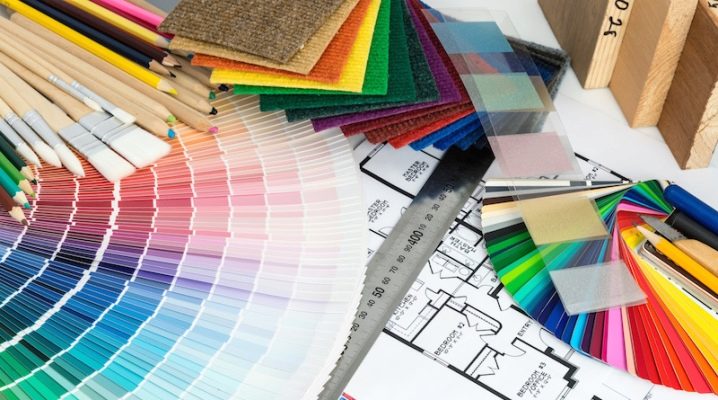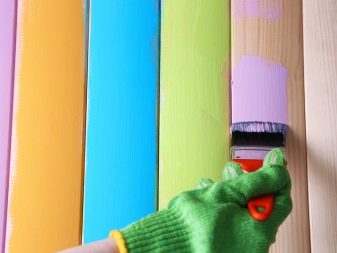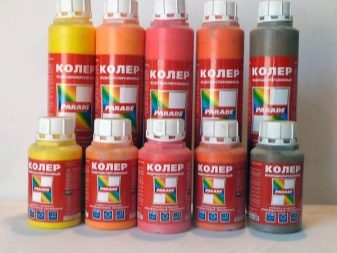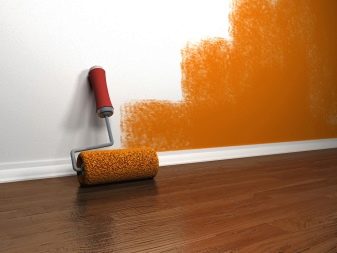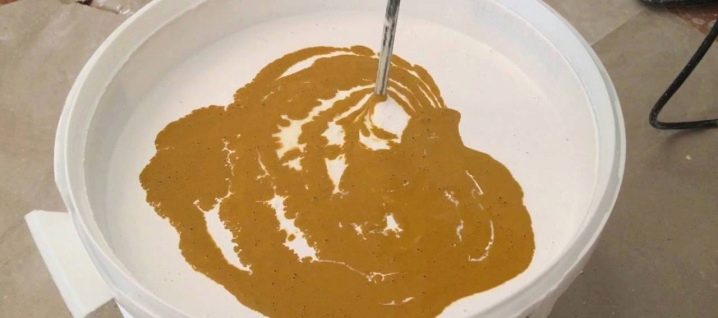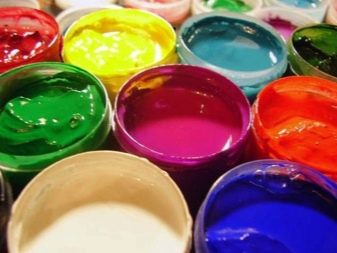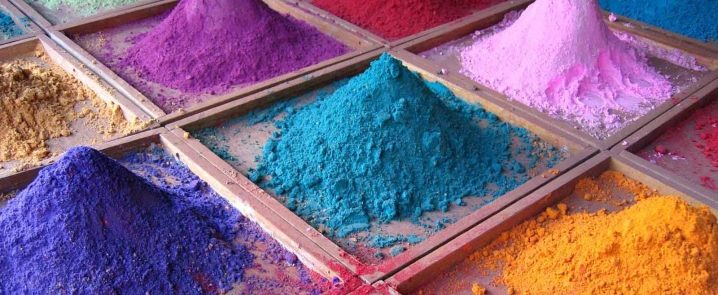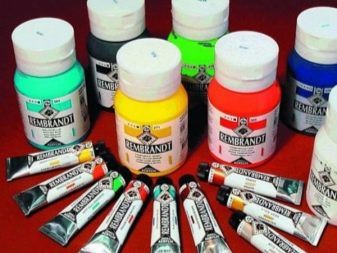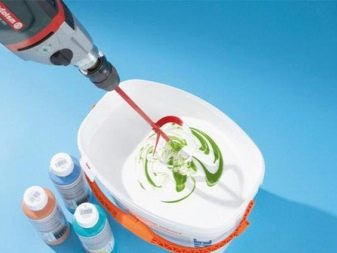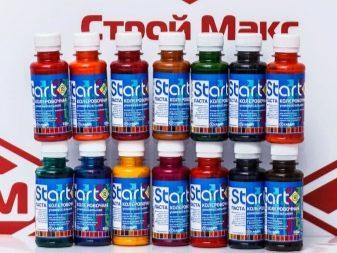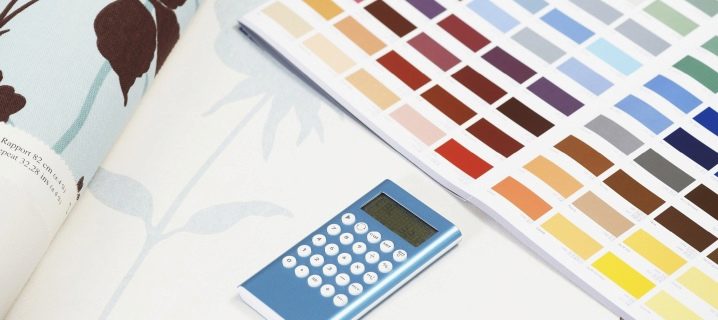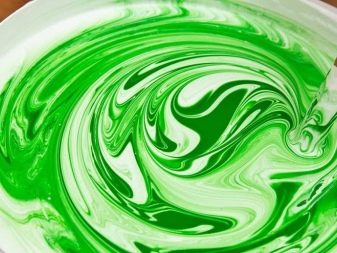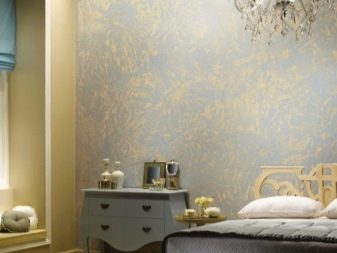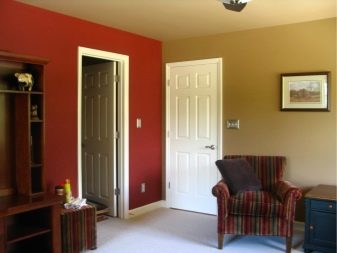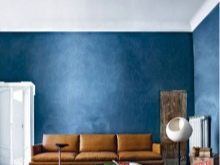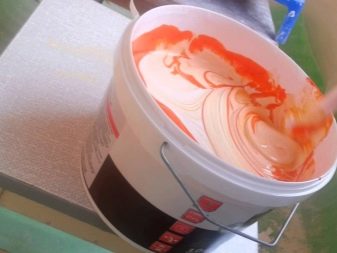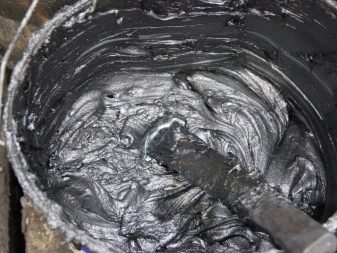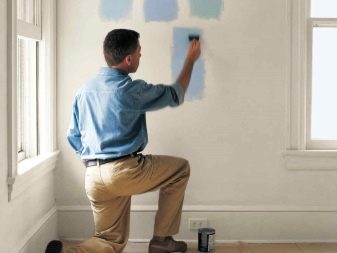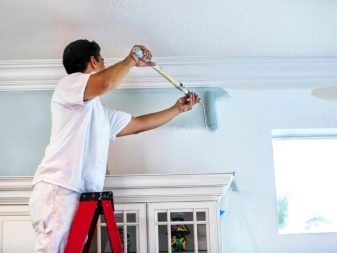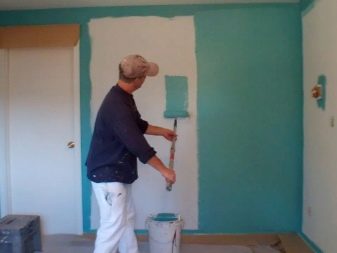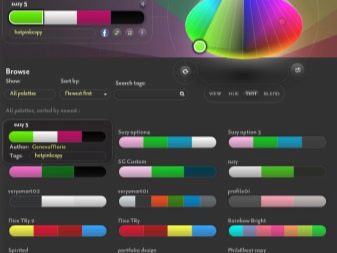How to choose a color for water-based paint?
In the process of repair or construction, everyone thinks about what colors will decorate the walls of rooms. To do this, you need to choose a paint with a certain color and shade. Most often in the shops you can see the paint with standard colors and certain shades, then there is a desire to do everything yourself. In order to give the desired shade of paint, use special colorants.
What is it needed for?
The term "color" means color. The main task of Kohler is to create a certain color and shade of paint. It is used when working with such types of paints as:
- glue;
- latex;
- water dispersion.
Used when working with facades as well as when working indoors. Available in the form of flakonchik with paste or paint.You can find this type of color as powdery, but it is not popular due to the meager selection of colors.
The composition includes various pigments of organic and inorganic origin. Organic pigments create bright colors, and inorganic additives protect against gradual burnout.
The advantages of working with colors include:
- ease of working with colorants;
- the ability to add colors to change the shade right in the process.
For the proper selection of colorants it is necessary to know what kind of paint you are going to buy, only then to choose coloring elements for it.
Kinds
There are several types of color classification.
The first one is in composition. Colors can contain exclusively organic pigments or artificial colors, and can contain both types of components.
Organic gives shade brightness, saturation. To organic substances include soot, umber, chromium oxide. Each such component affects the shade. But they tend to quickly fade in the sun.
Pigments of artificial origin have duller tones, but are able to withstand direct sunlight.When working with facades, it is better to use colorants with exclusively artificial components.
The second type of classification is the release form. There are three of them, and each has its own distinctive qualities:
- powder mixture. It is the most budget option. It is used only with aqueous emulsion ink. Inconvenient to use, the powder is difficult to mix. Also a minus is that there are only 6-7 color options for the water emulsion. The most popular of these is the color of ivory;
- the most popular option is pasta. When using it, the colors are soft and natural. The advantage is that the paste can be added gradually until the shade seems perfect. It should be remembered that the color should not be more than 1/5 of the total composition, otherwise the properties of the paint will change for the worse;
- You can find an option when Kohler is sold as ready-made paint. If you need to make a small part of the wall is very bright and rich - you can paint directly with the colorant. Convenient when mixing special drill nozzle.
Packaging does not matter.You can see them in tubes, bottles, small buckets or in tubes. The main thing to remember when storing - only dark places with room temperature.
The third type of classification is compatibility with different types of paint:
- liquid paints and pigment pastes are suitable for varnishes and primers on wood;
- for all types of paint with a water base, there are special mixtures;
- for alkyd formulations and whitewash colorants and pastes are used;
- for polyurethane and epoxy enamels there are universal pastes;
- Colors with different shine are suitable for almost all types of paintwork materials.
Consumption
When buying paint and toner, you must first select the color and shade that you want to get. In order to properly navigate the amount of paint and color scheme, there is a special palette - tinting card. With its help you can find out how much color is needed per 1 kg of paint. Therefore, it is possible to calculate the required amount of dye for the tinting process.
When using basic white paint, different types of paintwork materials require a different number of colorants:
- in any water-soluble paint the color should be a maximum of 1/5;
- for oil paints when tinting you need 1-2% color scheme;
- for other types of paints - no more than 4-6% of color.
Do not exceed these values.
Even if there is a desire to get a very bright color, a large number of pigments will degrade the quality of the paint.
Colors
The special table - tinting map helps to choose the right color. You can use the electronic version, but for this it is necessary that the screen was able to convey all the shades. Therefore, it is best to use its paper version.
Most often used various shades and blends of six primary colors: white, black, red, green, blue and yellow. Most manufacturers produce the largest possible number of different colors with a wide variety of shades: from quiet beige to bright mother-of-pearl with glitter.
Also golden, golden and silver colors are especially popular. Among the greens, most often the choice falls on pistachio or lime.
Subtleties of the process
Mixing technology is very simple, it does not require any professional skills. The process is simple - white paint and color are taken, then they are mixed. However, there are details:
- it must be remembered that successfully mix the same shade in two containers will not work. Therefore, everything should be mixed only in one container in order to avoid obtaining different shades;
- It should be remembered about the percentage of paint and color scheme;
- it is desirable to immediately calculate the amount of materials;
- it is desirable that the manufacturer of color schemes and paint was one;
- It is best to make a test batch with a small amount of paint and color in order to avoid damage to the entire volume of material;
- need to remember about the lighting room. Bright daylight will add brightness, and artificial light or a small amount of sun will make the shade look dimmer;
- mixing work is best done outside or in a bright room. This is necessary in order to realistically assess the result;
- it is impossible to rush with the application of the solution - it is necessary to thoroughly mix the color in the paint to a uniform color. This will help electric drill with special nozzles;
- if you have time, you can apply some of the resulting paint after tinting to check the color. If after drying you don't like something,You can change the dosage: add color or dilute by adding paint.
In a situation, if you have a little bit of color, do not throw it out. Better add some water.
So color scheme can be stored for up to five years for re-work.
There is also a computer mixing technology that has its advantages:
- the finished shade is obtained in a short time;
- any shade can be obtained again by simply specifying the program number;
- a huge selection of colors.
However, there are drawbacks - the work must be carried out on a special machine, there is also no possibility to change the shade after tinting.
There is absolutely no need for anxiety if you first hear the word “tinting”. Everyone is able to properly breed and colorize - it’s enough to follow a few simple rules. There are special machines that will do everything for you. But if you want, you can get the desired shade yourself, spending a little time and effort. And then the result will delight you.
On how to choose the right paint color for the walls, see the following video.
